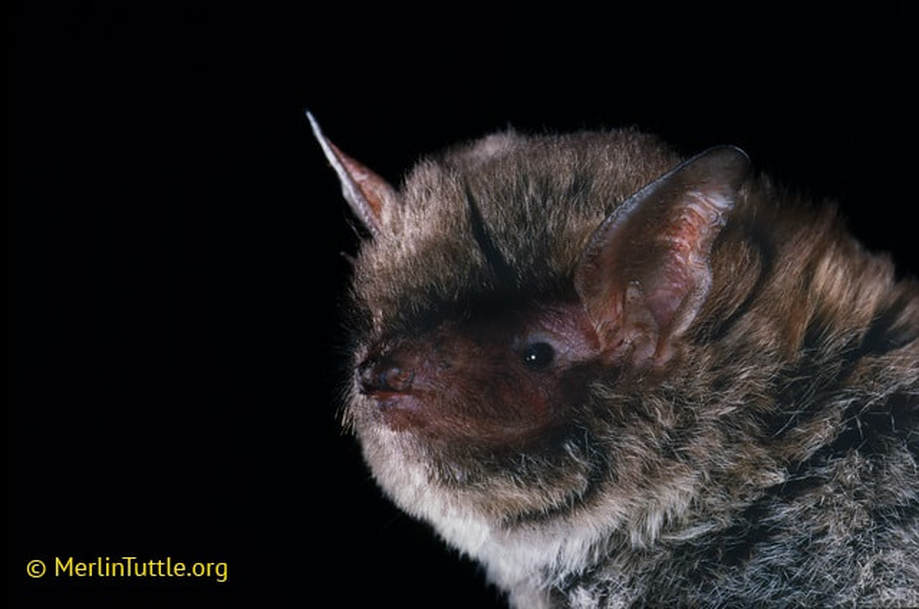Southeastern bat (Myotis austroriparius)
Southeastern bats are common in the panhandle and north Florida region and less common in central Florida.
They are primarily cave-dwelling bats, but will roost in smaller colonies in hollow trees, buildings, bridges, and bat houses.
They often share roosts with other bat species, including tricolored bats and gray bats within caves and Brazilian free-tailed bats and evening bats in manmade structures.
Females of this species normally produce twins, a rare ability among myotis species.
They are primarily cave-dwelling bats, but will roost in smaller colonies in hollow trees, buildings, bridges, and bat houses.
They often share roosts with other bat species, including tricolored bats and gray bats within caves and Brazilian free-tailed bats and evening bats in manmade structures.
Females of this species normally produce twins, a rare ability among myotis species.
At a glance:
Measurement |
Category |
Wingspan: 238 - 270 mm |
Family: Vespertilionidae |
Body Length: 48 - 53 mm |
Florida Occurrence: Resident |
Total Length: 82 - 87 mm |
Florida Status: Common in range |
Forearm Length: 36 - 41 mm |
Roosting Behavior: Colonial |
Weight: 5 - 8 g |
Regional Classification: Temperate |
Bats of Florida
by Cynthia S. Marks and George E. Marks; Sep 26, 2006
by Cynthia S. Marks and George E. Marks; Sep 26, 2006

